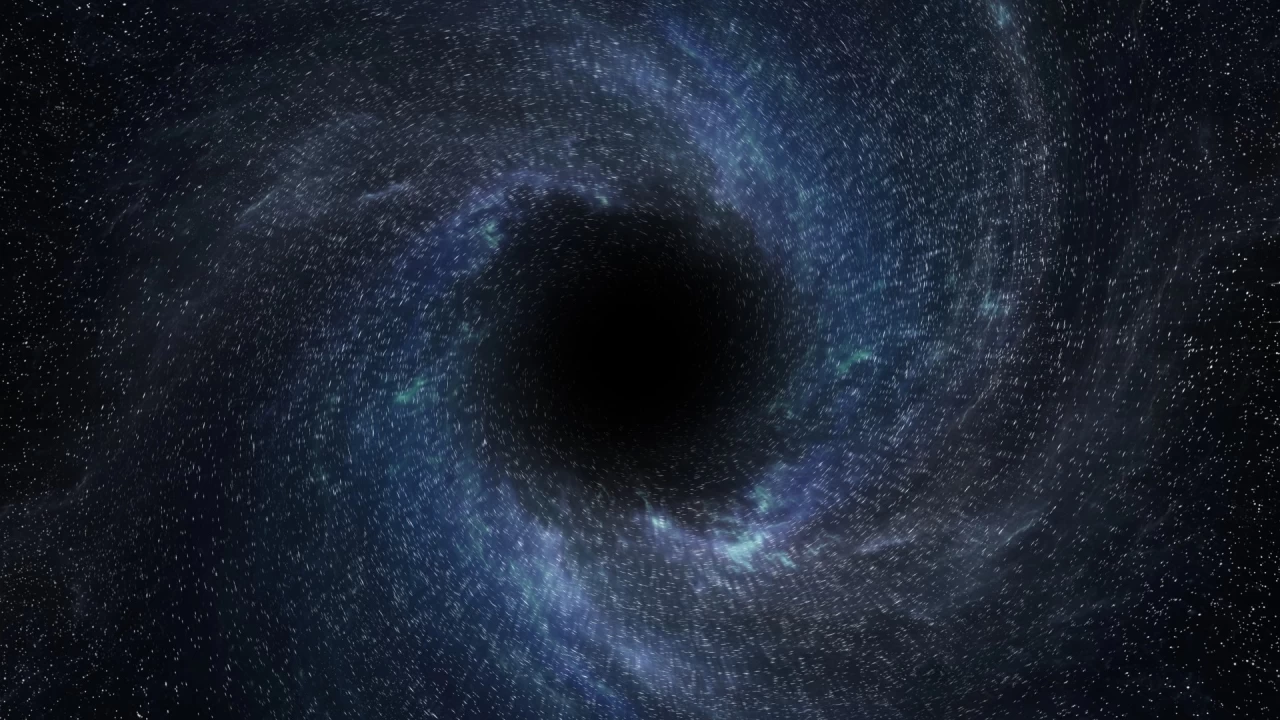NASA’s James Webb Space Telescope (JWST) has identified a new galaxy, referred to as the “Infinity galaxy,” which may provide insights into the formation of supermassive black holes. This discovery represents a significant advancement in astronomical research and could reshape our understanding of cosmic evolution.
The Infinity galaxy, located approximately 13 billion light years from Earth, is believed to have formed shortly after the Big Bang. Its unique characteristics suggest that it could serve as a crucial piece in the puzzle of how supermassive black holes emerged in the early Universe.
Understanding Supermassive Black Holes
Supermassive black holes, some of which weigh billions of times more than the Sun, are found at the centers of most galaxies. Their origins have long intrigued scientists. The findings from the JWST indicate that the Infinity galaxy may have conditions conducive to the rapid growth of these enigmatic entities.
According to data collected by the JWST, the Infinity galaxy displays a high rate of star formation, which is essential for the accumulation of mass necessary for black holes to develop. This discovery could lead to a reevaluation of existing theories about black hole formation and growth, especially in the context of the early Universe.
Implications for Astrophysics
The identification of the Infinity galaxy is a testament to the capabilities of the JWST, which was launched on December 25, 2021. With its advanced instruments, the telescope has been able to observe distant galaxies in unprecedented detail, revealing phenomena that were previously beyond our reach.
This discovery not only enhances our understanding of black holes but also provides a broader perspective on the formation and evolution of galaxies. Researchers believe that studying galaxies like the Infinity galaxy will help clarify the conditions that led to the creation of supermassive black holes and the role they play in shaping the Universe.
As scientists continue to analyze the data from the JWST, the implications of this discovery may extend beyond black holes. The findings could impact various fields within astrophysics, including the study of dark matter and the overall structure of the cosmos.
In conclusion, the identification of the Infinity galaxy by NASA’s JWST marks a pivotal moment in our exploration of the Universe. As researchers delve deeper into the mysteries of this galaxy, the potential to uncover the origins of supermassive black holes and their influence on cosmic evolution remains an exciting frontier in contemporary science.
